Mesquite Trees: Types, Leaves, Flowers, Bark – Identification Guide (With Pictures)
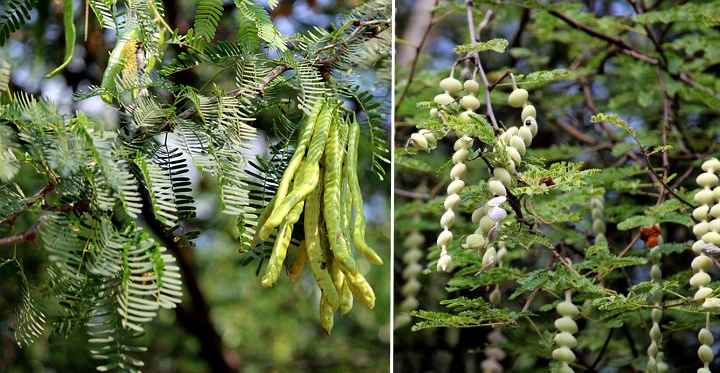
Mesquite trees are short, thorny shrub-like trees with feathery leaves, white or yellow flowers, and seed pods containing peas. Mesquite trees commonly grow in shrublands in Texas, Arizona, and other states in the southern US. The most common types of mesquite trees are the honey mesquite tree (Prosopis glandulosa), velvet mesquite tree (Prosopis velutina), and screwbean mesquite tree (Prosopis pubescens).
Elephant Ear Plants: Types, Flowers, Leaves, and Care (With Pictures)
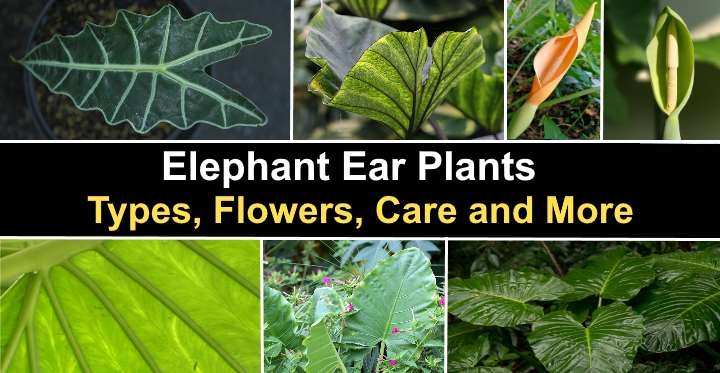
Elephant ear plants are famous for their enormous heart-shaped and arrowhead leaves. Elephant ears are species of perennial tropical plants that thrive in warm, humid conditions, growing in moist soil. The large striking triangular leaves add a tropical touch to your summer garden or home’s interior. Elephant ear plant leaves grow at the end of thick stems from bulbs or tubers in the ground or pots.
Elephant Ear: Plant Care and Growing Guide for Indoors and Outdoors
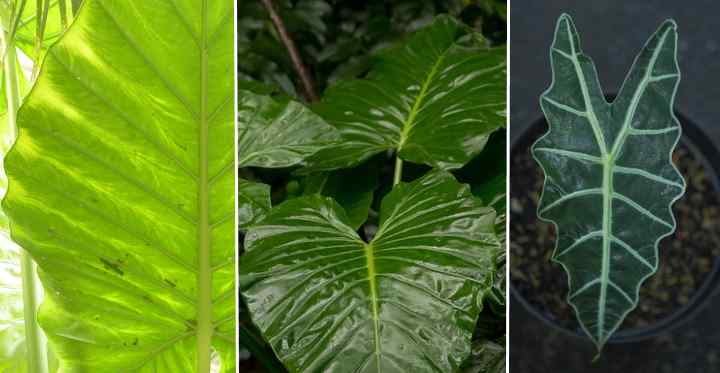
Elephant ear plants can refer to several species of tropical plants grown for their enormous triangular-shaped leaves. Elephant ear plants grow from ‘bulbs’ or tubers in the ground in warm climates. You can also grow elephant ear plants indoors to add dramatic foliage to any bright room. The most common species of elephant ears are plants in the genera Alocasia, Caladium, Xanthosoma and Colocasia.
The Best Fall Crops to Grow in Fall Vegetable Garden (and When to Plant Fall Vegetables)

Planting vegetables to harvest in the fall lets you enjoy healthy, fresh vegetables long after hot summer days have passed. The time to plant fall crops is in mid- to late-summer. This gives your fall root vegetables and leafy greens time to grow and mature. Then, in your fall vegetable garden, you can have delicious crops such as kale, Swiss chard, carrots, broccoli, beets, peas, and cauliflower ready for picking.
Anise Hyssop (Agastache Foeniculum): Plant Care and Growing Guide

Anise hyssop (Agastache foeniculum) is a perennial herb with short purple flowering spikes and aromatic green leaves with aniseed scent. Also called the ‘blue giant hyssop,’ the anise hyssop plant is an excellent small bushy shrub to add color and aroma to garden borders, herb gardens, foundation plantings, or mixed beds. Anise hyssop purple flowers are also ideal for floral arrangements.
Jewel Orchid (Ludisia Discolor): Care and Growing Guide
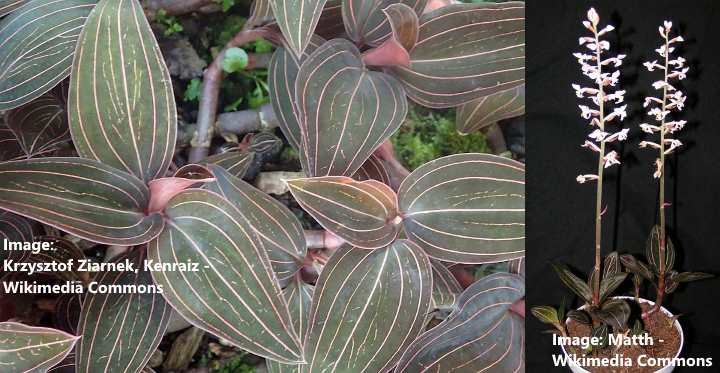
The Jewel Orchid (Ludisia discolor) is an unusual orchid species that grows spectacular dark, ovate-shaped leaves with pink veins. Jewel orchids bloom once a year, producing whitish flowers growing on long flower spikes. Unlike many orchid species, jewel orchids grow in the soil, prefer the shade, and are grown for their dark foliage rather than their exotic flowers.
Phalaenopsis Orchid (Moth Orchid): Care and Growing Guide (For Beginners)
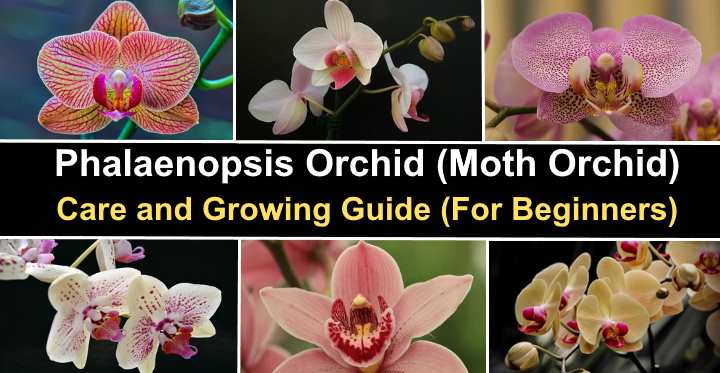
The Phalaenopsis orchid (Moth orchid) is a genus of exotic-looking flowering plants in the family Orchidaceae. Also called the moth orchid, phalaenopsis orchid has flowers with colorful petals, large leathery leaves, and long epiphytic aerial roots. Species of phal orchids are popular indoor plants because they are easy to care for.
Types of Purple Flowering Vines: Climbing Vines With Their Picture and Name
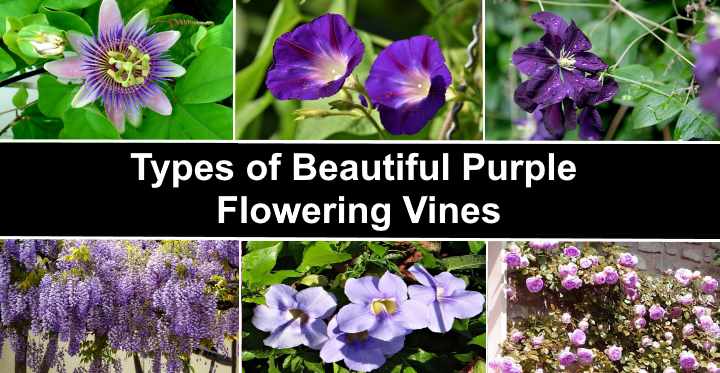
Purple flowering vines add dramatic color to many garden landscapes. Climbing vines with purple flowers are generally easy to grow and need little care. You can plant climbing plants in your garden to grow over trellises, arbors, pergolas, brick walls, or doorways. Their lilac, mauve, light violet, or purple colors provide plenty of interest in your yard when the climbing vines bloom.
Types of Japanese Flowers (Hanakotoba) – Names, Meaning and Pictures

Flowers play a vital role in Japanese culture, which is expressed in the language of Hanakotoba. Most flowers in Japan have a special symbolic meaning. Some of the most beautiful Japanese flowers are Sakura (cherry blossom), Tsubaki (camellia), Ume (flowering apricot tree), Sumire (violet), and Sakurasou (Japanese primrose). According to the Hanakotoba (Japanese “language of flowers”) – flowers contain secret messages and can communicate powerful messages.
Natural Ways to Get Rid of Slugs on Plants

Slugs are plant-destroying pests that eat ornamental plant leaves, vegetables, flowers, bulbs, shrubs, and fruit. Slugs damage is seen as irregular holes in foliage, stripped vegetation, and dying plants. Soft, slimy black or brown slugs do the most damage in gardens at night, especially when it’s humid.
